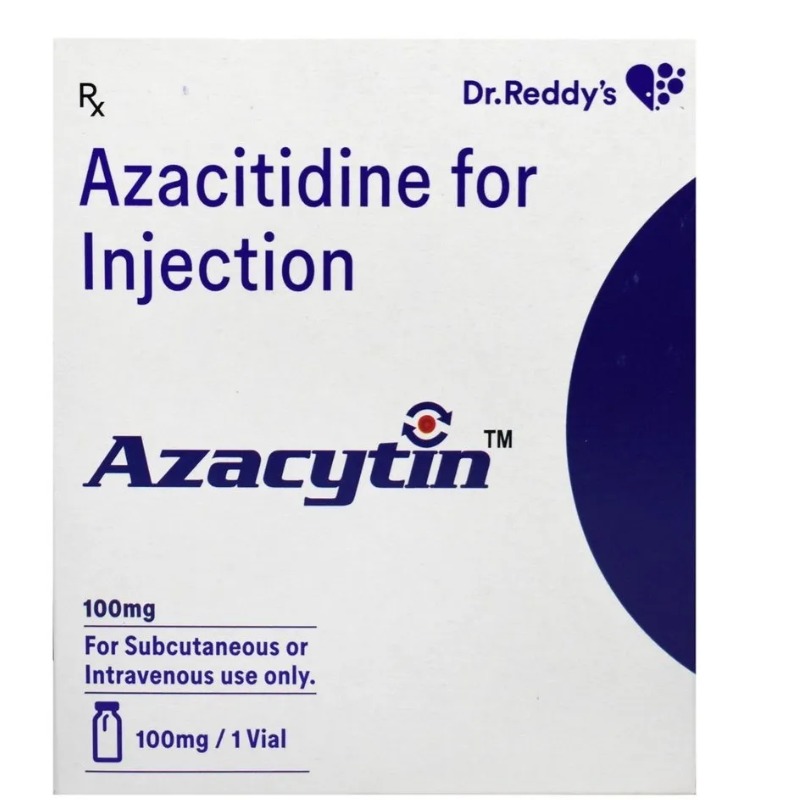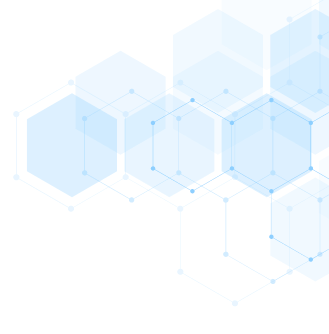DESCRIPTION
Mechanism of Action
• Cytidine analog.
• Cell cycle–specific with activity in the S-phase.
• Requires activation to the nucleotide metabolite azacitidine
triphosphate.
• Incorporation of azacitidine triphosphate into RNA, resulting in
inhibition of RNA processing and function.
• Incorporation of azacitidine triphosphate into DNA, resulting in
inhibition of DNA methyltransferases, which then leads to a loss of
DNA methylation and gene reactivation. Aberrantly silenced genes,
such as tumor suppressor genes, are reactivated and expressed.
Mechanism of Resistance
None well characterized to date.
Absorption
Not available for oral use and is administered via the SC and IV route. The
bioavailability of SC azacitidine is 89% relative to IV azacitidine.
Distribution
The distribution in humans has not been fully characterized. Does cross
blood-brain barrier.
Metabolism
The precise route of elimination and metabolic fate of azacitidine is not
well characterized in humans. In vitro studies suggest that azacitidine may
be metabolized by the liver. One of the elimination pathways is via deamination
by cytidine deaminase, found principally in the liver but also in plasma,
granulocytes, intestinal epithelium, and peripheral tissues. Urinary excretion
is the main route of elimination of the parent drug and its metabolites. The
half-lives of azacitidine and its metabolites are approximately 4 hours.
Indications
FDA-approved for treatment of patients with myelodysplastic syndromes
(MDS), including refractory anemia, refractory anemia with ringed sideroblasts,
refractory anemia with excess blasts, refractory anemia with excess
blasts in transformation, and chronic myelomonocytic leukemia.
Dosage Range
Recommended dose is 75 mg-m2 SC or IV daily for 7 days. Cycles should
be repeated every 4 weeks.
Drug Interactions
None characterized to date.
Special Considerations
1. Patients should be treated for a minimum of four cycles, as it may
take longer than four cycles for clinical benefit.
2. Patients should be pretreated with effective antiemetics to prevent
nausea/vomiting.
3. Monitor complete blood counts on a regular basis during therapy.
4. Use with caution in patients with underlying kidney dysfunction. If
unexplained elevations in BUN or serum creatinine occur, the next
cycle should be delayed, and the subsequent dose should be reduced
by 50%. If unexplained reductions in serum bicarbonate levels to
,20 mEq/L occur, the subsequent dose should be reduced by 50%.
5. Pregnancy category D. Breastfeeding should be avoided.
Toxicity 1
Myelosuppression with neutropenia and thrombocytopenia.
Toxicity 2
Fatigue and anorexia.
Toxicity 3
GI toxicity in the form of nausea/vomiting, constipation, and abdominal
pain.
Toxicity 4
Renal toxicity with elevations in serum creatinine, renal tubular acidosis,
and hypokalemia.
Toxicity 5
Peripheral edema.
SPECIFICATION


Login To Comment